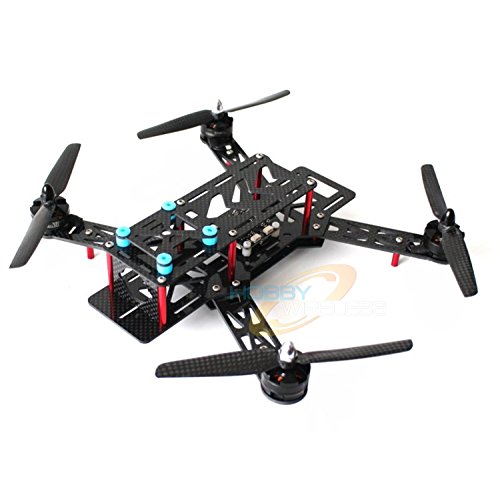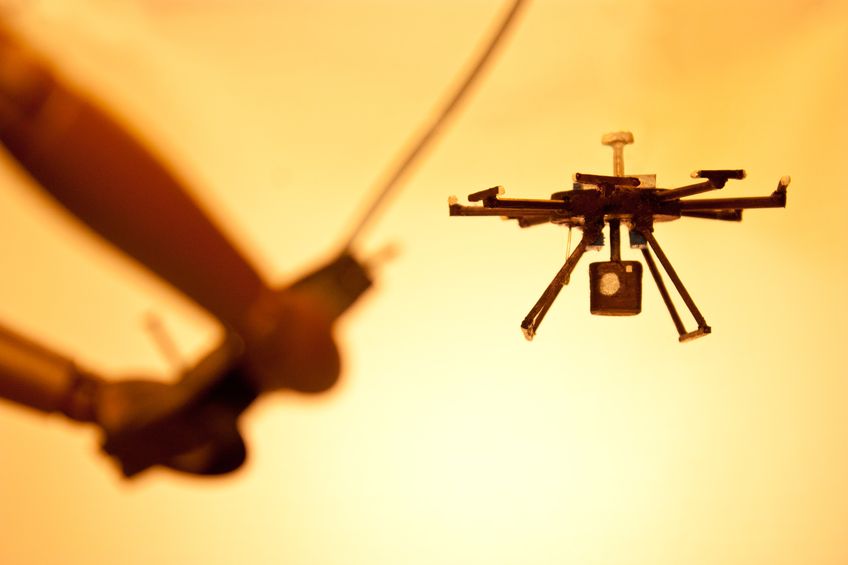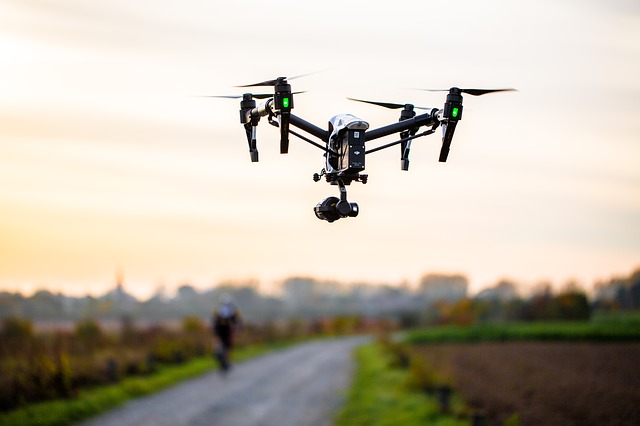
When considering a rescue drone, you should consider a dual payload model, which allows you to use a first person view camera to see where the payload is located. The drone also features a megaphone mounted on the body for relaying instructions to the rescue subject. The drone can be used to ask the subject if they are hurt so you can send them a medical response. In some cases, the drone may be capable of saving the person being rescued by using a medical response device.
PIX4Dreact
A PIX4Dreact drone rescue drone is one the newest additions of drone technology. This drone is compatible to most drones. It can also be used in rescue operations, providing valuable information to search operators. To respond to flooding in Kenya, Pix4Dreact was used by the authorities with their DJI Mavics and WingtraOne helicopters. Parrot Anafi Thermal also has thermal imaging and orthomosaic processes. If you want to purchase a larger drone, the DJI Mavic package has a camera, advanced sensor, as well as an application that can be used with both.
PIX4Dreact also includes easy-to-use mapping tools that enable users to mark points of interest on the map, connect them with the real-time data they get on the ground, and export the information to others in the team. These tools provide important information to decision-makers and increase safety while reducing the costs in an emergency. It is easy to see why these devices are becoming an increasingly important part of the emergency response industry.

Matrice 300 RTK
DJI Matrice 300RTK is a versatile rescue helicopter that has an IP45 rating. This makes it safe for operation in a range of weather conditions. The mechanical design of the DJI Matrice 300 RTK allows it to withstand rain, dust and particles. It can also withstand extreme temperatures and wind speeds of up to 33.5 mph. With multiple redundancies, the Matrice 300 RTK can continue flying even if one of its systems fails.
With a field of vision four times larger than a human, the Matrice 300 RTK has excellent accuracy and tracking capabilities. Matrice 300RTK is much faster than manned aircraft and can complete a 3D model in minutes rather than hours. It can also fly over large areas and collect data, making it perfect for emergency services.
iSAVE-U
The iSAVE -U rescue helicopter flies at 25 mph, which is faster than traditional helicopters. This allows it to reach most on-wall emergencies quicker than traditional SAR teams. It can lift up to 300 kg and provide a long rescue line for a climber who is stranded. Its advanced technology also allows it to perform other tasks like assessing the climber and relaying his instructions.

Another important feature is the ability to provide flotation devices to the drowning victim. The drone's ability to launch quickly makes it ideal for rescue operations in water, where the time to reach stranded victims can mean the difference between life and death. The iSAVEU Rescue drone can evaluate a situation faster than a lifeguard. It can also drop life jackets.
FAQ
Where are Drones Banned?
The FAA bans drones flying in restricted areas such as airports, stadiums or sporting events, nuclear power stations, hospitals, prisons, and other sensitive areas. They allow them to fly at nights using GPS technology.
What is the maximum height you can fly a drone with no license?
The FAA has no limits on the maximum height a drone can fly. However, they do require you to register your unmanned aircraft system (UAS), which includes the registration number, model name, weight, size, serial number, manufacturer's name, date manufactured, and other information.
Is it possible to fly my drone in my backyard?
Yes! These are called UAVs, or unmanned aerial vehicles. There are many types of drones on the market today, including small quadcopters and large fixed-wing aircraft. The FAA recently released new rules for commercial UAV use, meaning that they are now legal to fly for business purposes. You should be aware, however, that UAVs flying near airports can cause interference with air traffic control systems. To operate one, you will need to obtain permission from the local authorities.
Statistics
- According to industry research from ZipRecruiter , there are 10 cities where the typical salary for a Drone Pilot job is above the national average. (dronesgator.com)
- With the top 10% making over $100/h and the bottom 10% making as low as $10/h. (dronesgator.com)
- According to Indeed, a drone pilot gets paid $25.73 per hour on average in the US. (dronesgator.com)
External Links
How To
How to Fly Drones at a Beginning Level
A drone refers to a remote-controlled aircraft designed for aerial photography, surveillance and scientific research. The technology behind drones has been around since World War II. DJI's Phantom series of quadcopters was the first to be commercially used. From beginner-friendly drones such as Parrot AR Drone 2.0 through professional-grade multirotor craft like DJI Mavic Pro, many types have been available.
There are several ways to fly a drone, including;
-
Remote control: This uses a remote control device that attaches to your hand and allows you control the drone along its flight path. There are two main types of controllers: On/Off switches (like a radio) and joysticks.
-
Manual Control - Using a smartphone app, this method allows users to remotely operate the drone via GPS coordinates. Follow the instructions of the app to track the exact location you want the drone go.
-
Autonomous Flight – This is when the drone handles all the piloting tasks. The drone is able to fly autonomously, without the need for human intervention. A drone must have a builtin camera and sensors capable to capture images and other data.
-
Triggered Flight – This method is very similar to manual flight. The pilot creates a route that the drone will follow until it reaches the destination. Once the programmed route is completed, the drone lands automatically and returns back to the base.
-
Landing Gear - Some drones come equipped with landing gear that allows them to land safely if they lose power or run out of battery during flight.
-
Goggles: Some pilots use goggles in order to protect themselves against debris when operating.
-
Camera - Some drones are equipped with cameras allowing you to capture photos and videos from above.
-
Obstacles - Some drones can be equipped with obstacle avoidance systems that prevent them from crashing into obstacles.
-
Speed – Some drones can reach speeds in excess of 40 mph.
-
Battery Life - Most drones can last between 20 minutes to 3 hours, depending on how much power you're using.
-
Range - Depending on the model, some drones can travel up to 30 miles away.
-
Power source – Some drones require external power sources, others require internal batteries.
-
Weight - Some drones are lighter than others, while some models can weigh as much as 4 pounds.
-
Size - From small drones that can be carried in the palm of one's hand to larger drones that weigh over 50 pounds, drones come in a variety of sizes.
-
Price – All drones fall into a price category. These range from expensive models that cost thousands to affordable options that start at 100 dollars.